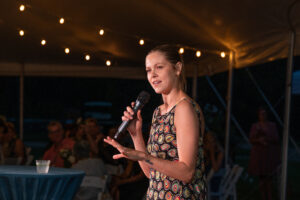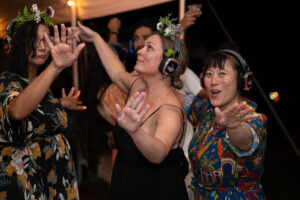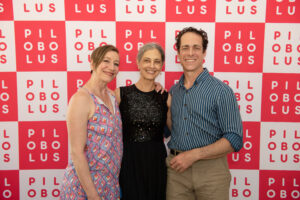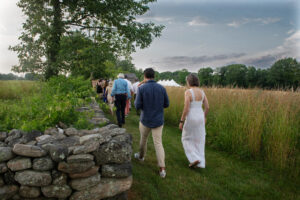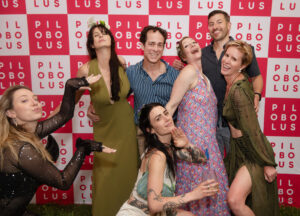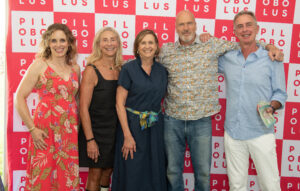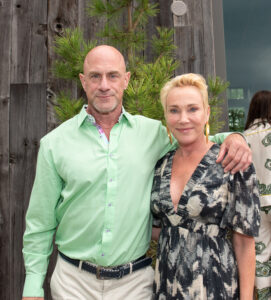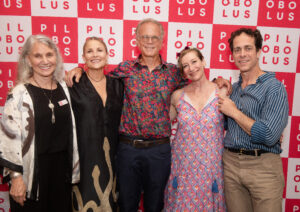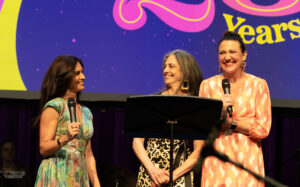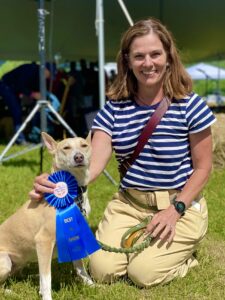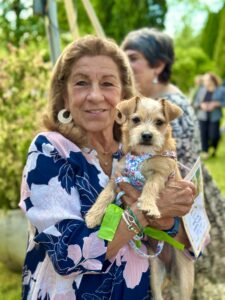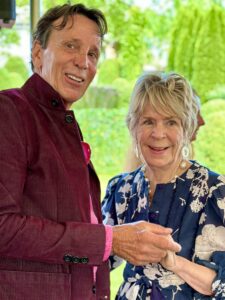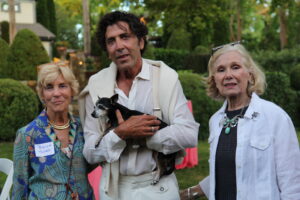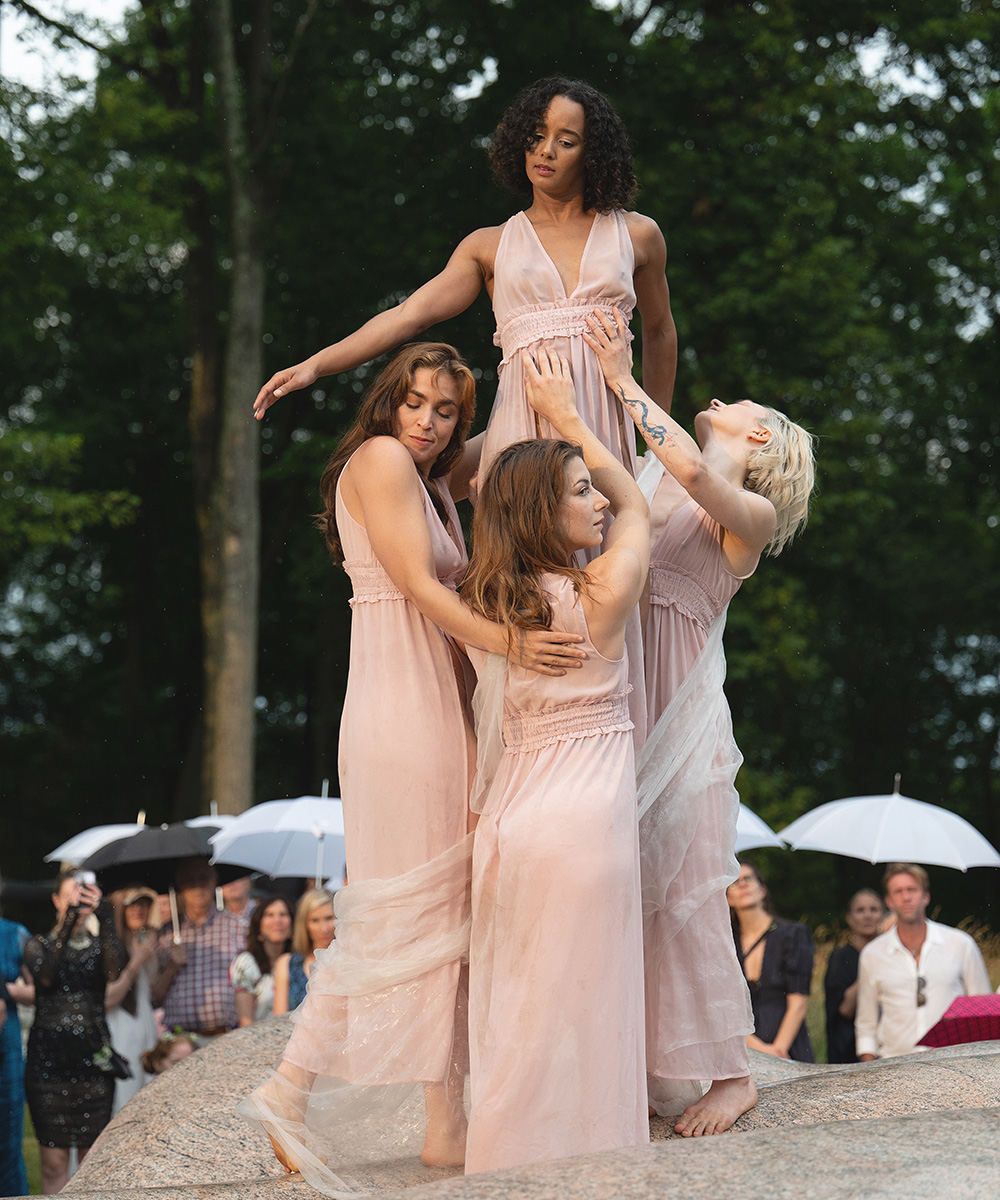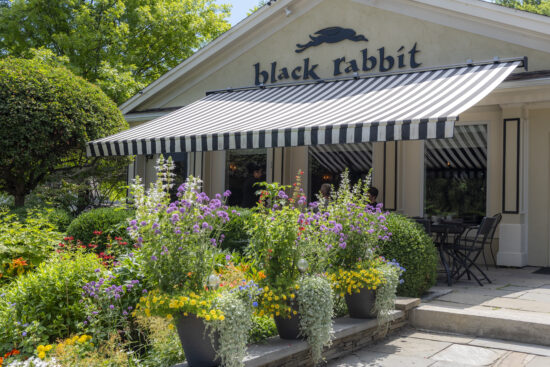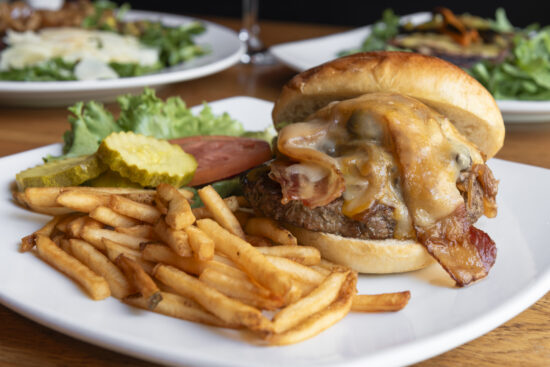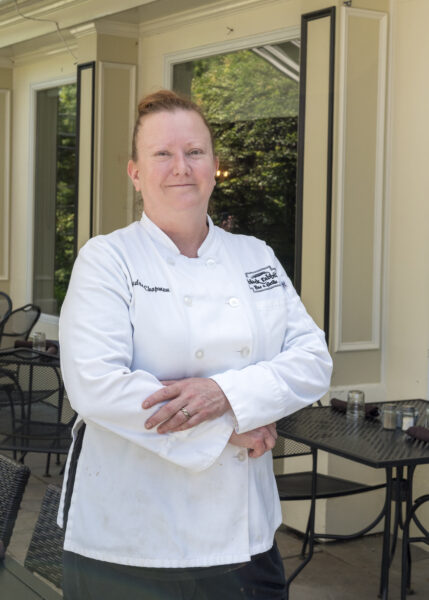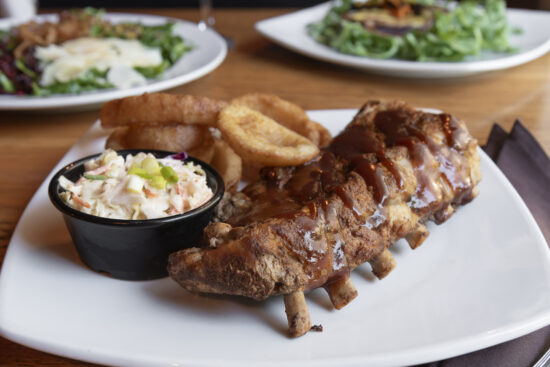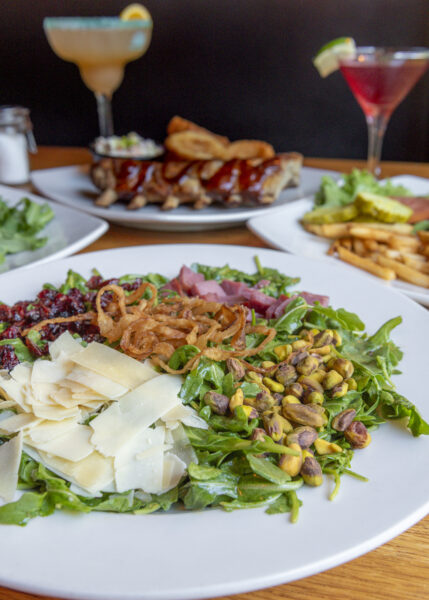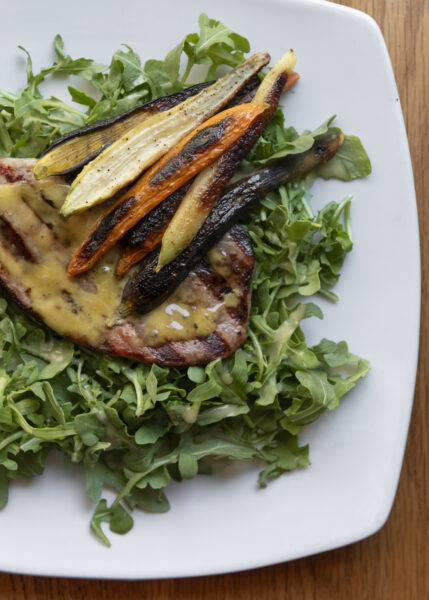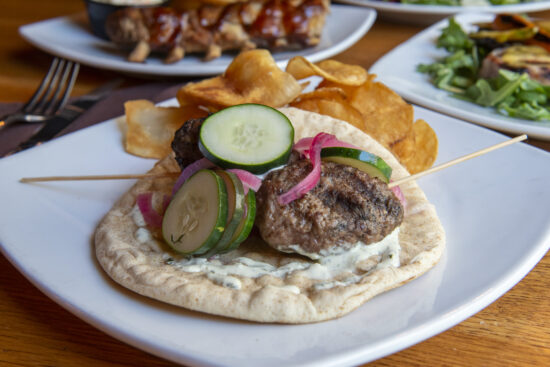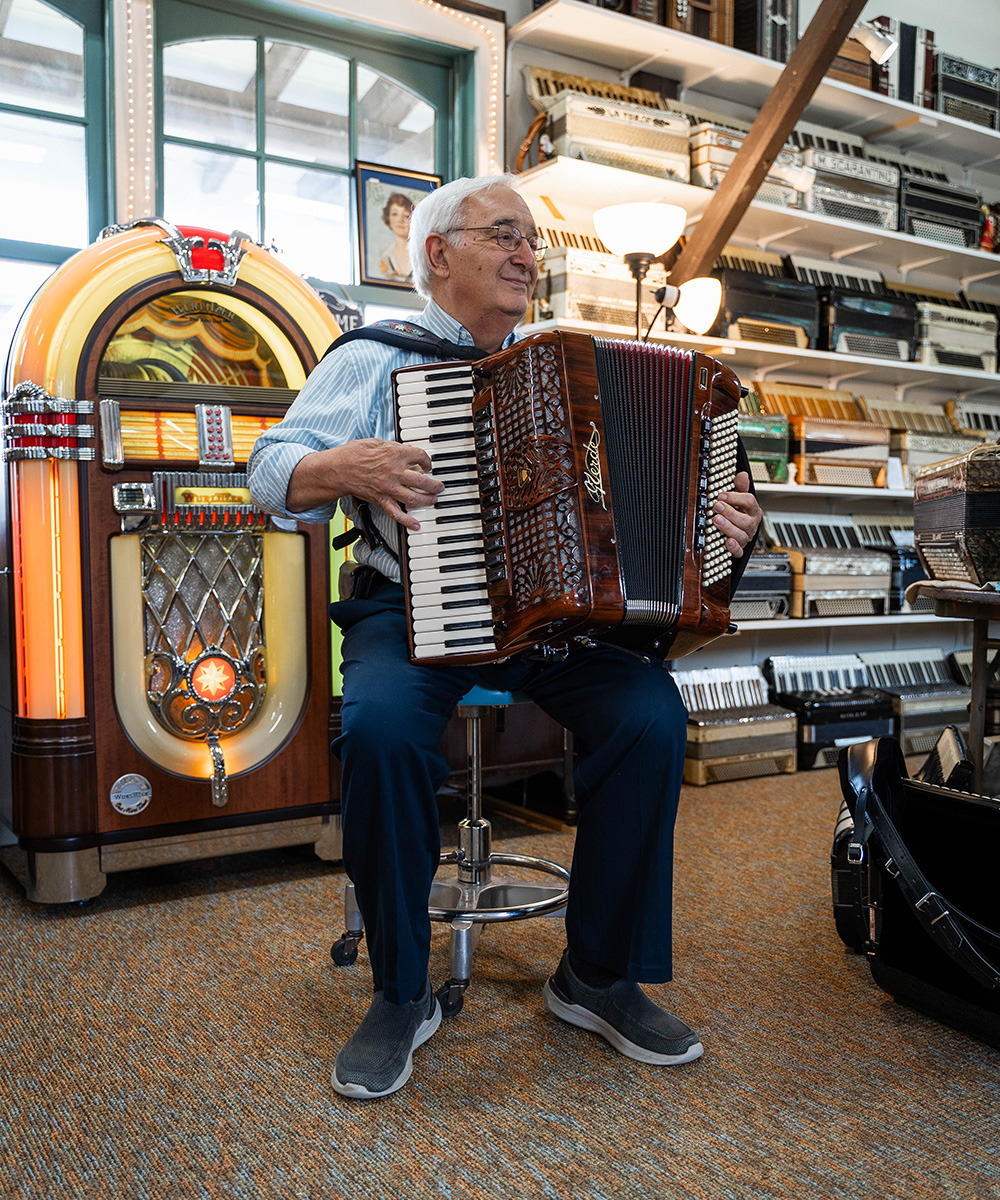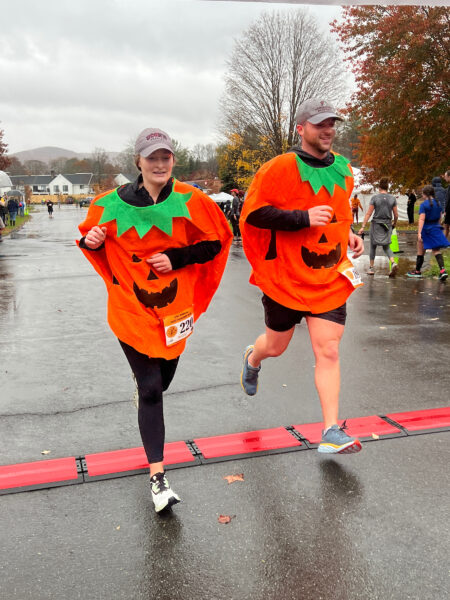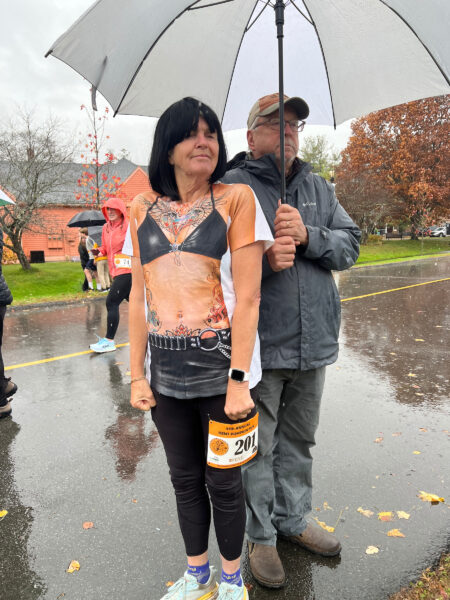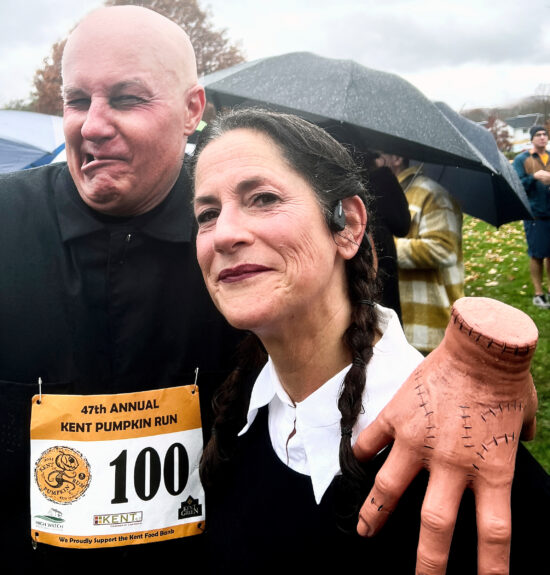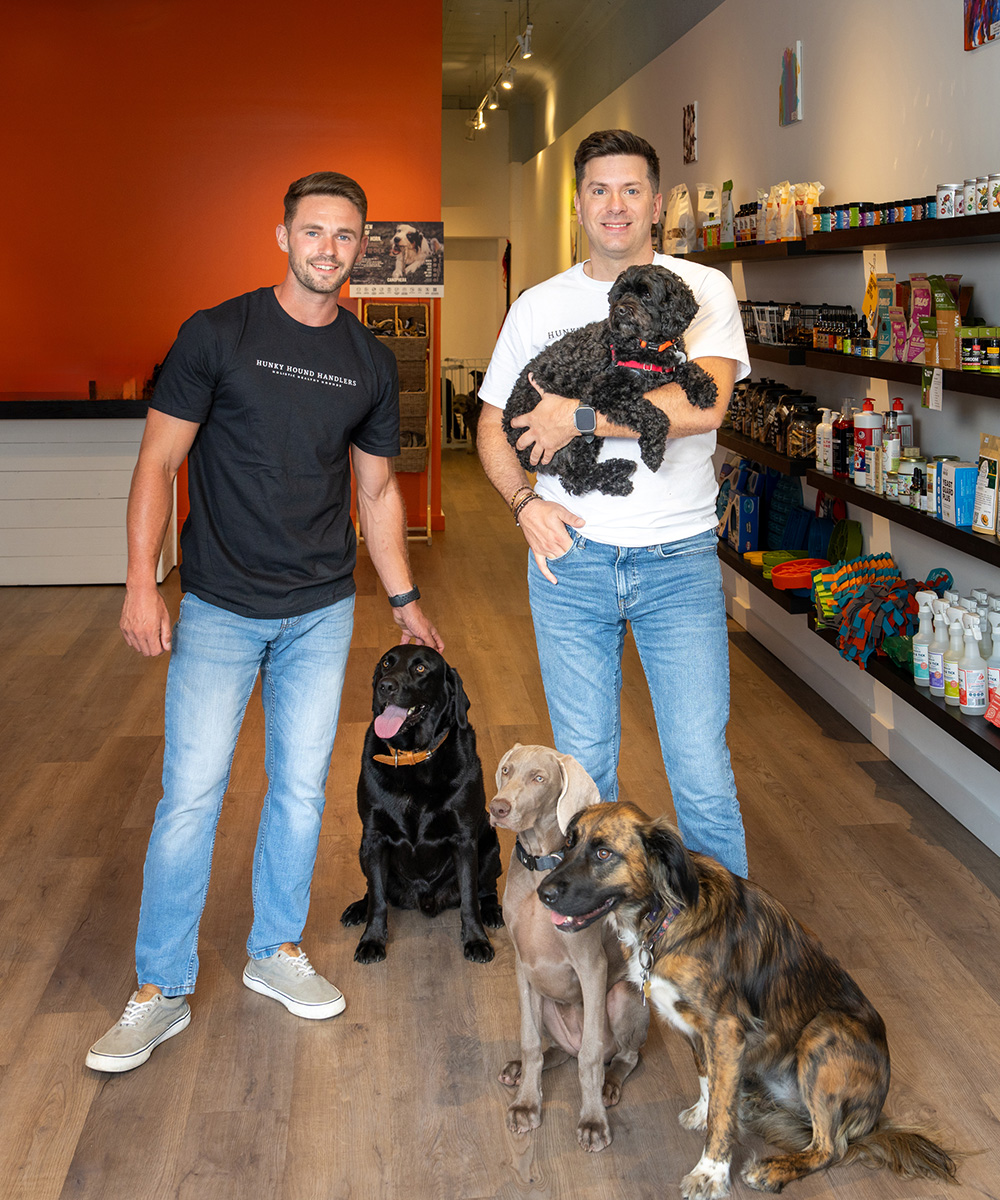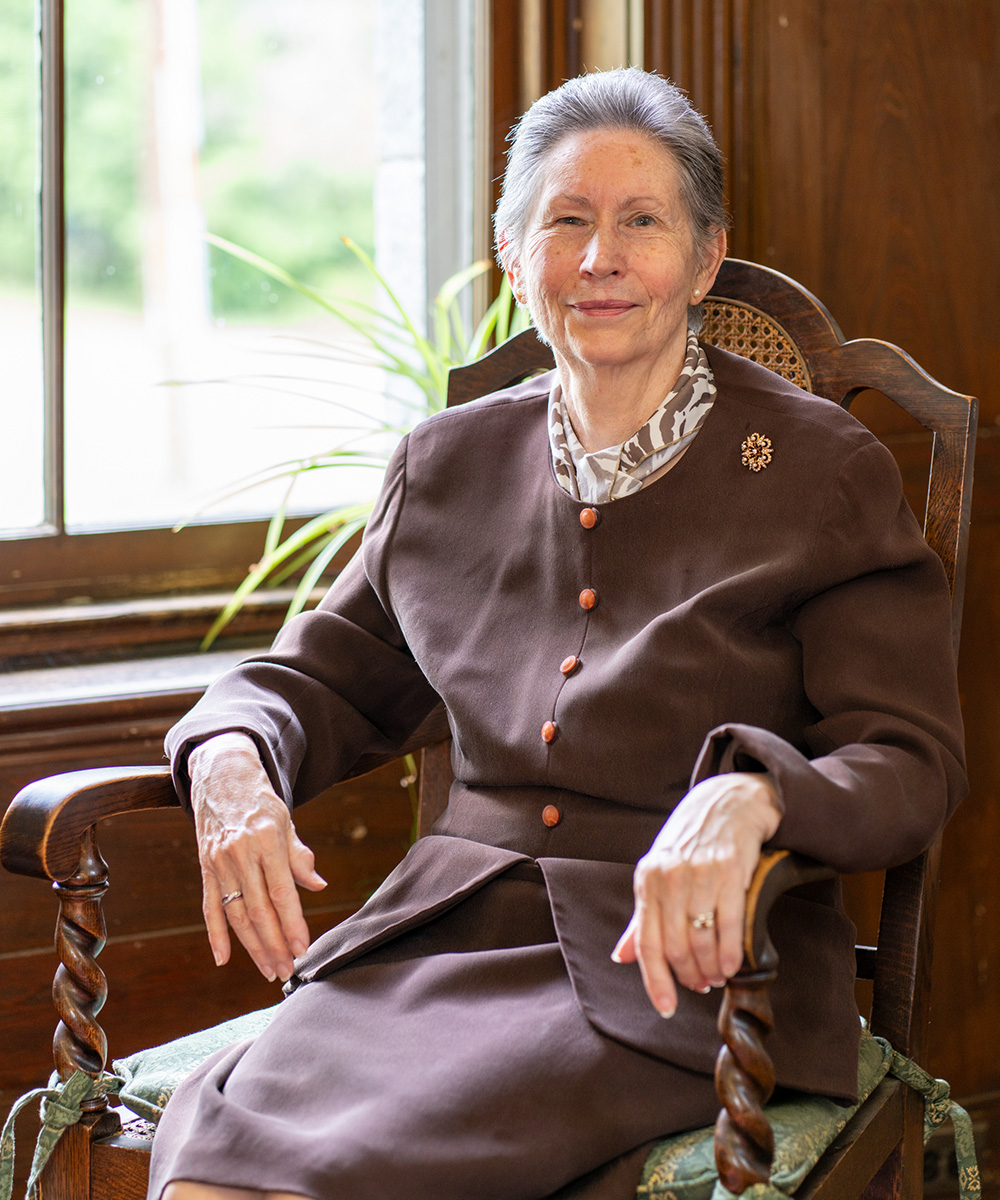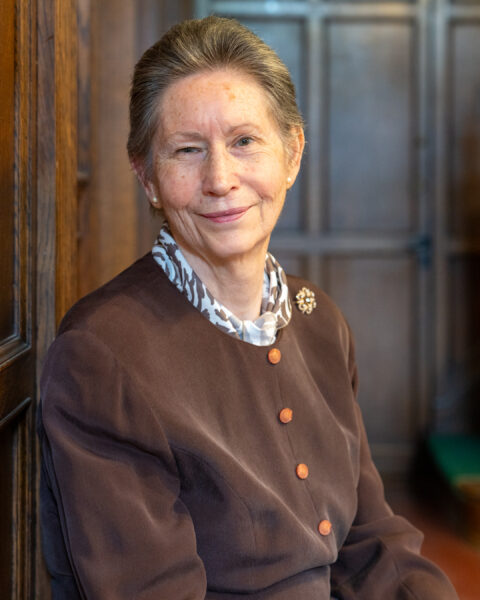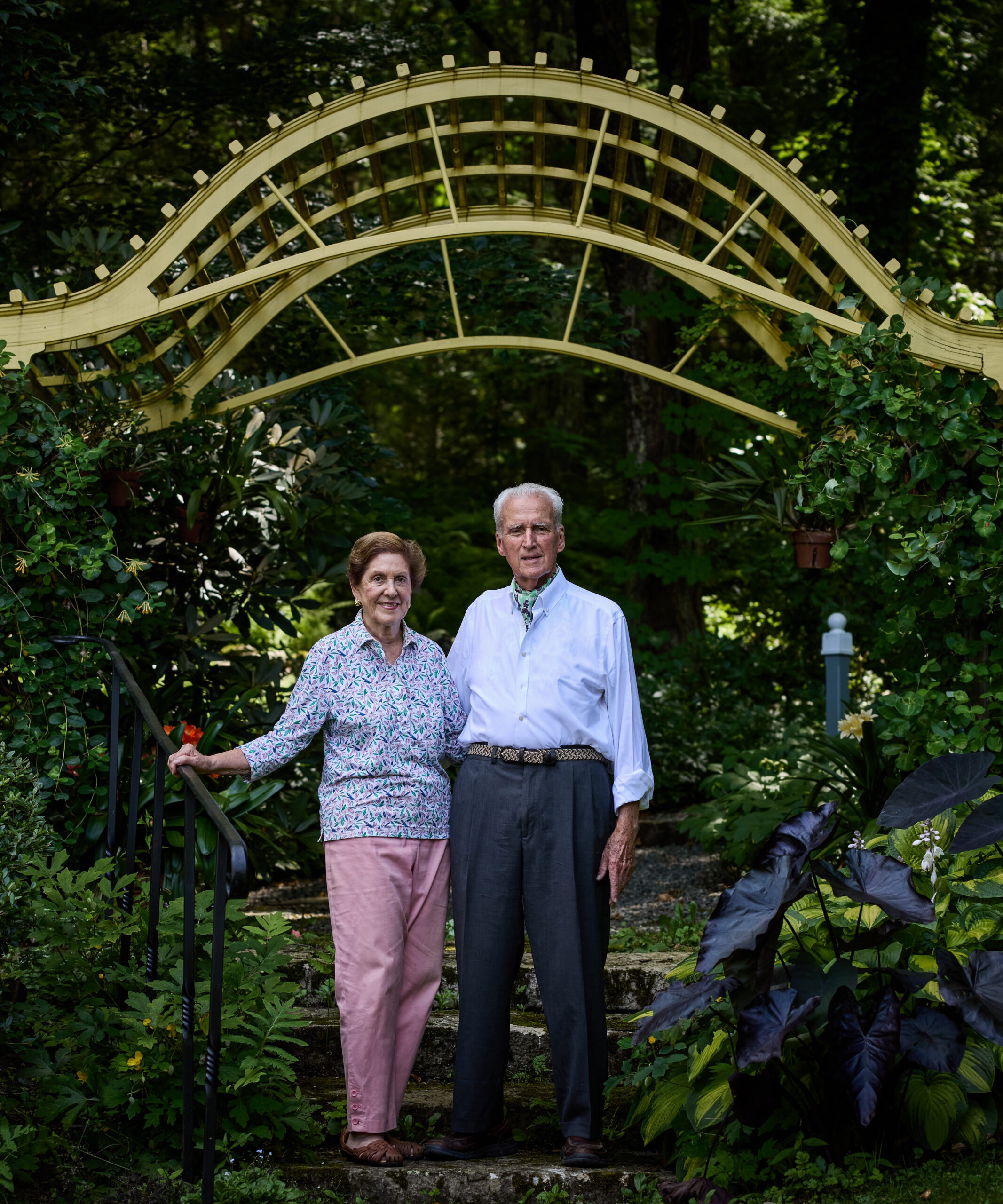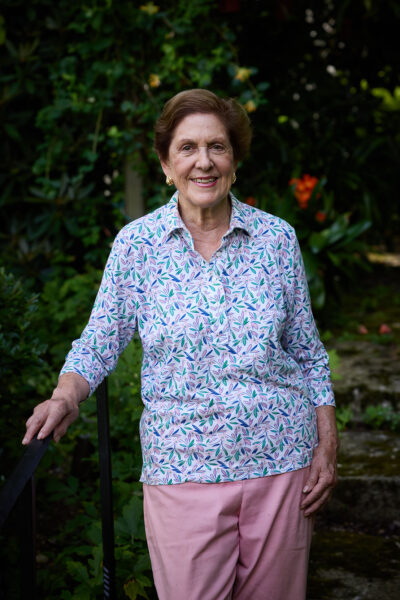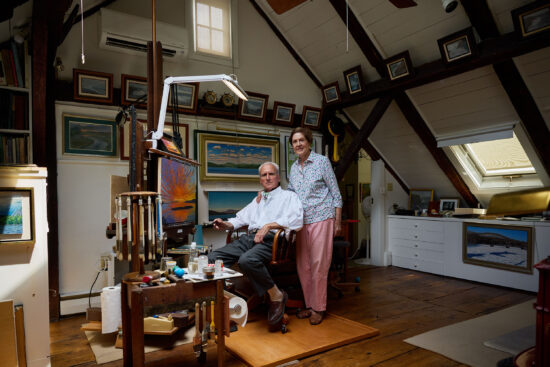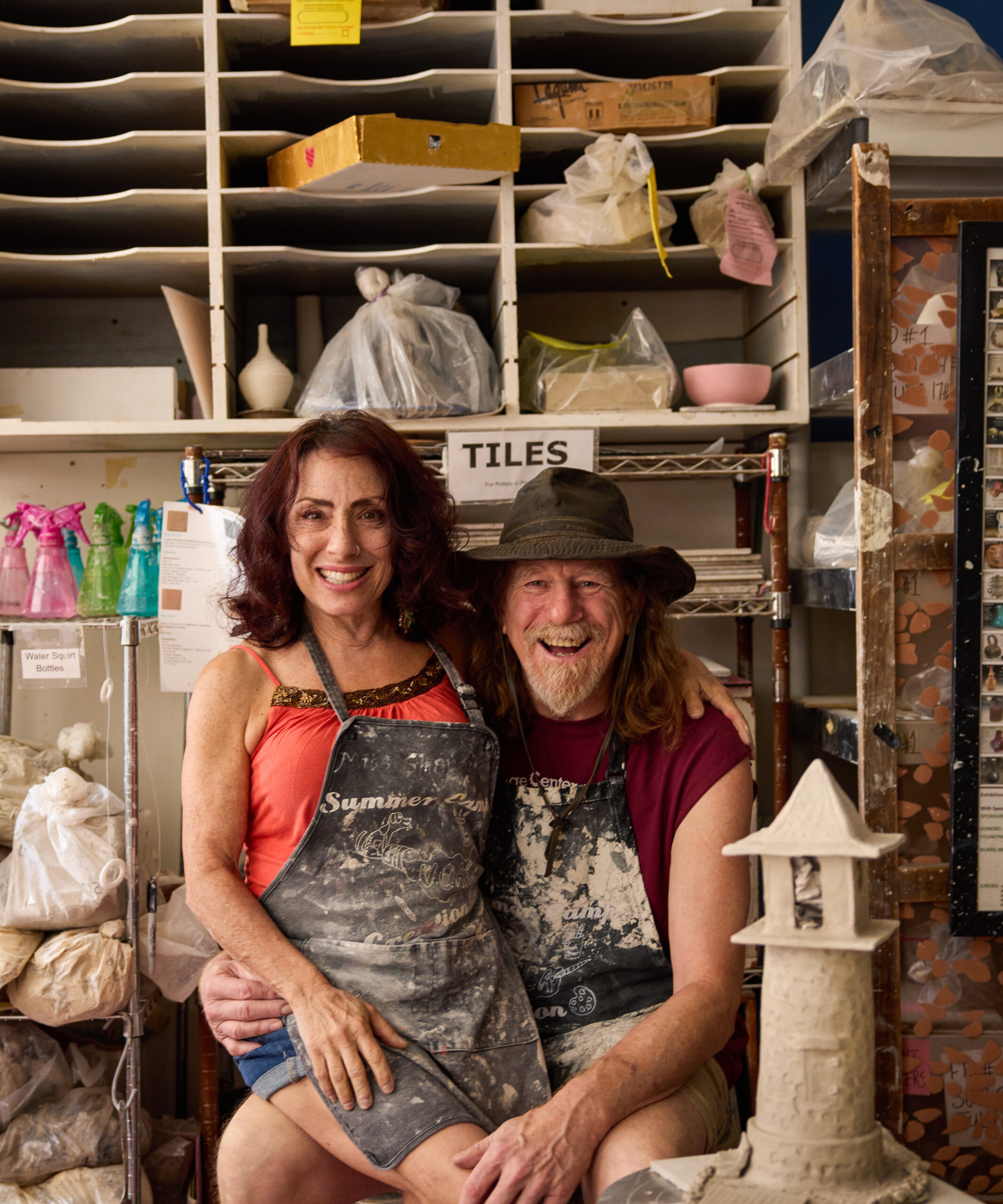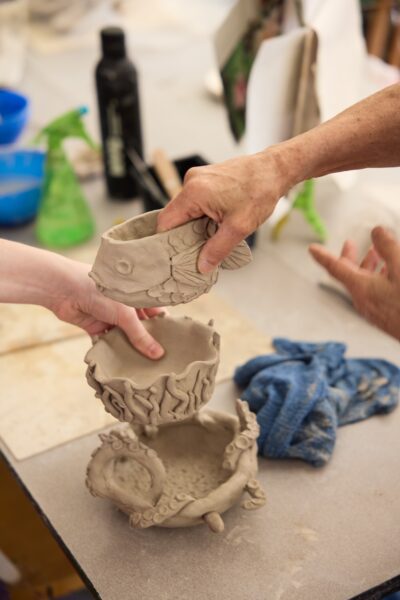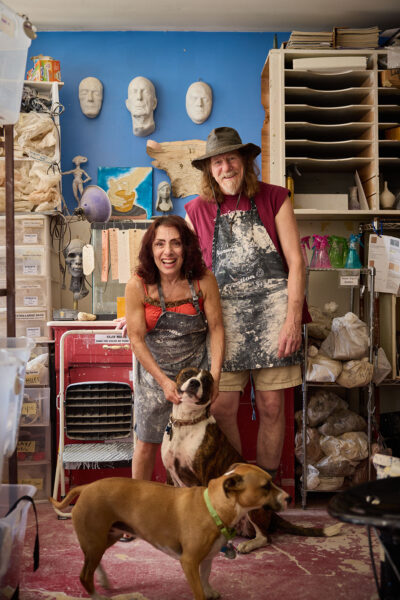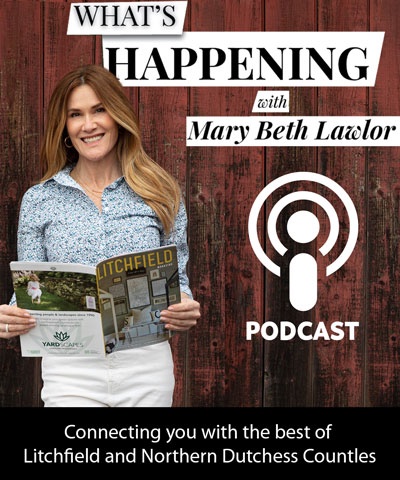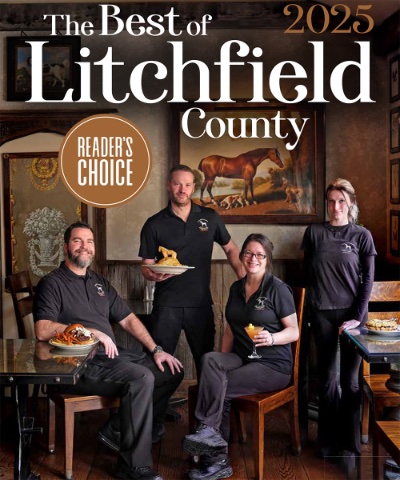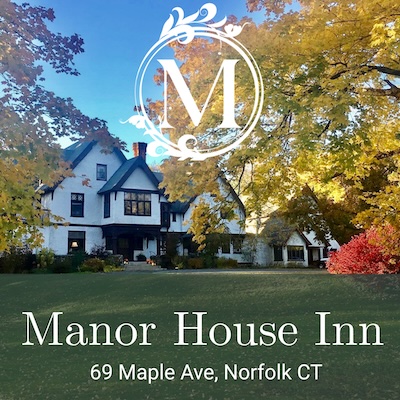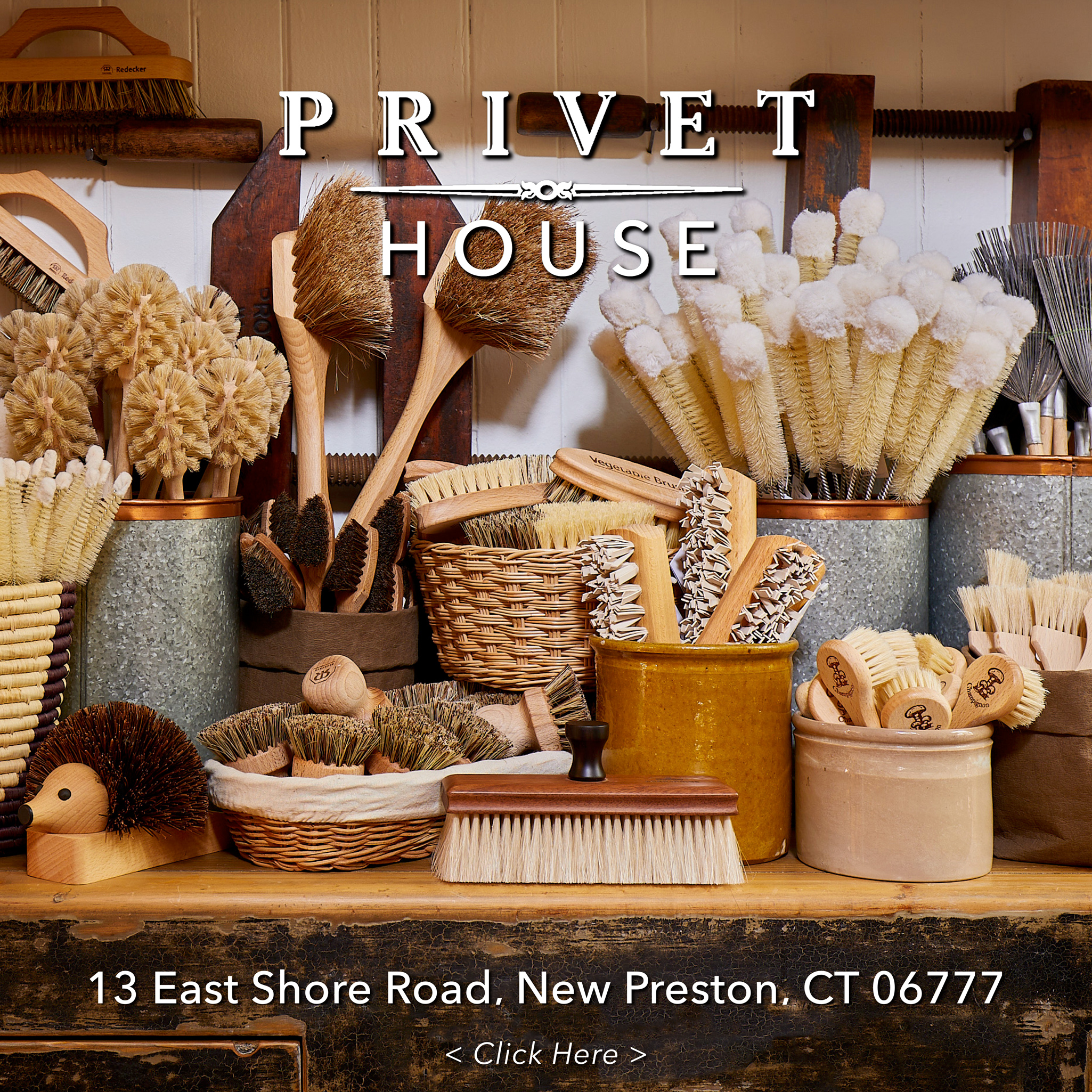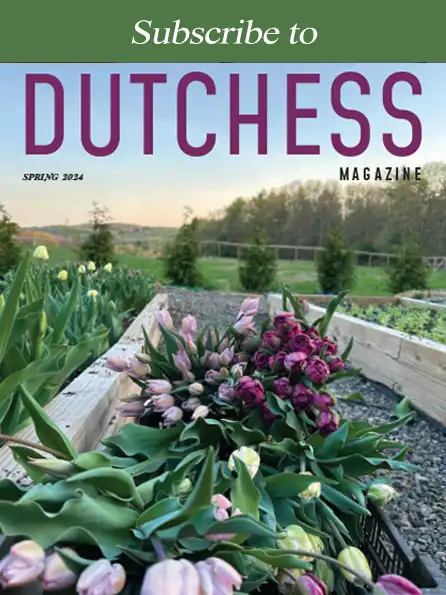The North Canaan-based store and training facility provides comprehensive and personalized care, from socialization to human-grade food, holistic remedies including CBD products, enrichment toys, and grooming services.
A Dog’s Wellness and Adventure Partner
By Clementina Verge
Photographs by Anne Day
Throughout their lives, dogs teach many lessons, from loyalty to embracing adventure and loving unconditionally. Their owners, too, must learn how best to foster a canine lifestyle that promotes health, happiness, and longevity—and Hunky Hound Handlers is their partner in doing so.
The North Canaan-based store and training facility provides comprehensive and personalized care, from socialization to human-grade food, holistic remedies including CBD products, enrichment toys, and grooming services.
“Everything in my store is intentional,” notes Cody O’Kelly, owner and head trainer. “I have to research everything myself and believe in the product.”
It began with a personal quest for health and optimal nutrition, coupled with love for animals—in particular his Labradoodle Nikki. In a Jeep Cherokee nicknamed Hank, O’Kelly began delivering prepackaged raw meals for dogs; his commitment resulted in a 2,500-square-foot store and training facility.
Recently, after months of intensive study and rigorous exams, O’Kelly became a Certified Professional Canine Nutritionist, earning accreditation from the Feed Real Institute. Renowned for its commitment to promoting raw feeding and whole foods for pets, the institute aligns with Hunky Hound Handlers’ philosophy of holistic pet care.
“Commercially dried kibble is not a complete, balanced diet. It is full of carbs and dogs do not need carbs,” he explains, encouraging owners to do their own research.

Instead, O’Kelly advocates for a raw or homemade diet integrating cooked vegetables (suitable for canine digestion) like pumpkin, squash, and sweet potatoes, and a rich variety of meat protein. Single-ingredient treats, available at Hunky Hound and resourced locally, include rabbit ears with fur, pig snouts, chicken feet and necks, and marrow bones.
A proper raw diet is customizable, eliminates allergies, produces smaller stools, and provides a balance of vitamins and minerals. It is neither dangerous nor scary, because canine and human digestive systems differ, O’Kelly explains.
“Eliminating carbs eliminates the nervous energy, replacing it with a focused energy level. Now we can train,” he explains.
Specializing in enrichment and off-leash freedom, Hunky Hound offers basic and advanced training, e-collar training, and off-leash pack hikes.
You can find O’Kelly, a Sharon resident, and fellow trainer and nutritionist Ashley Haddon exploring trails with as many as a dozen dogs—ranging in age from a 5-month-old Weimaraner to a 13-year-old Goldendoodle, socializing, enjoying nature, and off-leash obedience.
“Socialization is imperative to humans and dogs, but the tendency is to over-socialize dogs with humans and not with other dogs,” O’Kelly observes. “This training in a group including all sizes and breeds, and all levels of training, allows them to take social cues from each other and to communicate within a pack.”
Hiking is among the best adventures for dogs, providing multi-sensory experiences that satisfy the two canine motors: physical and mental, O’Kelly notes. It also offers opportunities for practicing recall, “the most important command that can literally save their life.”
From socialization and training, to customized meals that can be delivered, O’Kelly and his Hunky Hound Handlers staff strive to provide “exceptional care and nutrition, making a healthier, happier world for dogs.”—hunkyhoundhandlers.com


